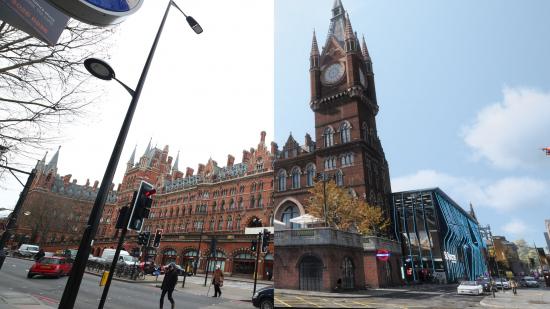London isn’t just the most popular tourist destination in the UK, but a location that’s favoured by many across the world. Trips may be on hold for most of you at the moment, but that doesn’t mean you can’t visit a virtual world that’s so close to the real thing it’ll make you double take to confirm it is, in fact, just a video game.
Using the city’s most-famous attractions as a point of reference, Nvidia released comparison photos of the real-life landmarks against shots taken in game, and you’d be forgiven for asking which is which in some cases. Buckingham Palace, the London Eye, and Tower Bridge are all more detailed than ever when cranking up the graphics settings to max and pushing the RTX 3080 to its limits.
Since these are stills, we can’t comment on how the frame rate fares with the settings so high, especially without knowing whether the GPU was paired with the best CPU for gaming. What we do know, however, is that the RTX 3080 leverages real-time ray tracing and DLSS to get this level of “authentic cinematic quality,” as Nvidia puts it, with the former enhancing shadows and reflections and the latter making the sharp image quality possible by lowering the performance overhead.
Without further ado, feast your eyes on some of the in-game screenshots of London landmarks like the London Eye, Buckingham palace and more, with their comparison pictures to real life. You’ll notice London’s missing Watch Dogs’ driverless cars and drones – for now, at least. The real London’s on the left hand side in the photos, by the way. Blink and you’ll miss it…
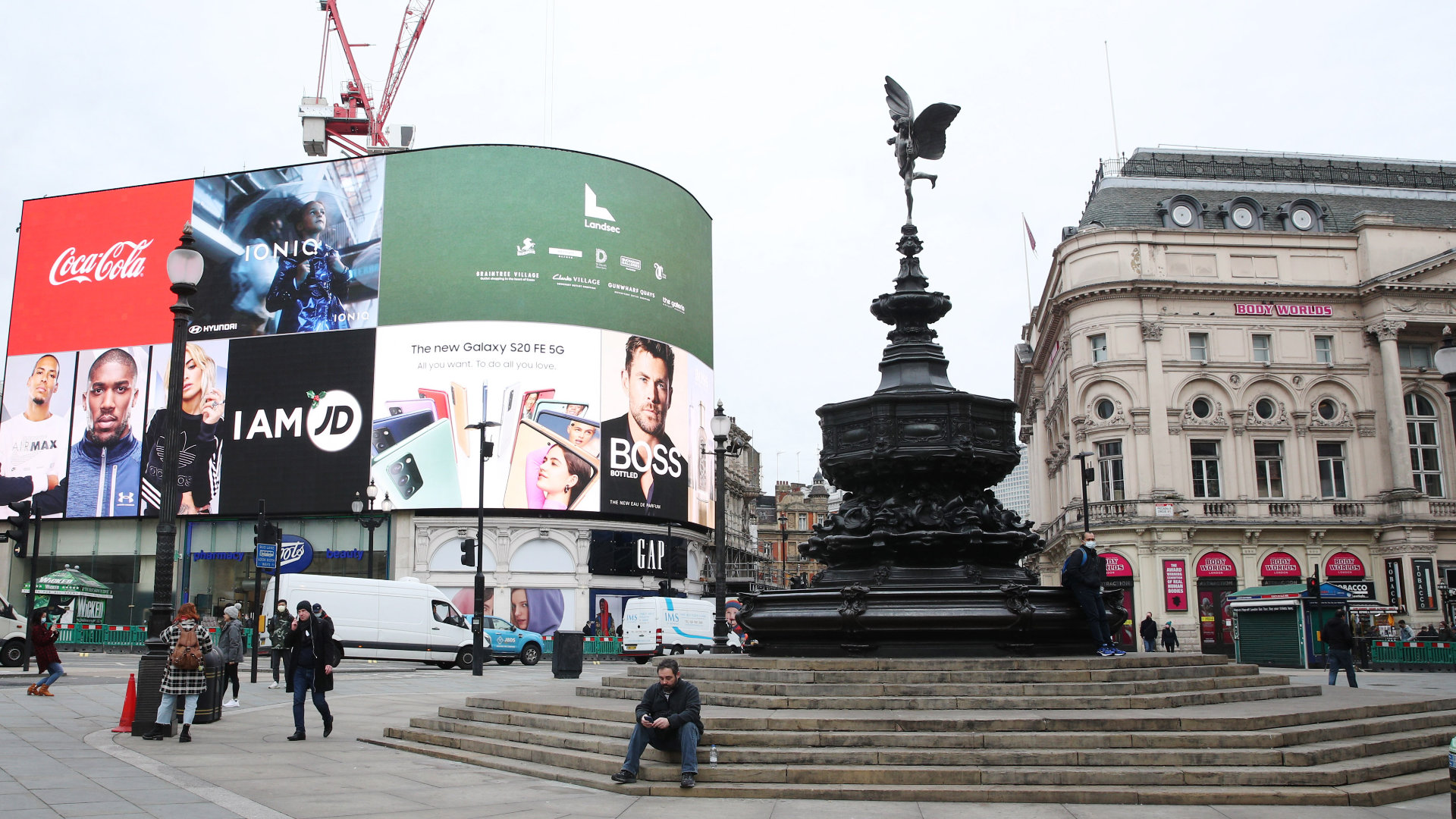
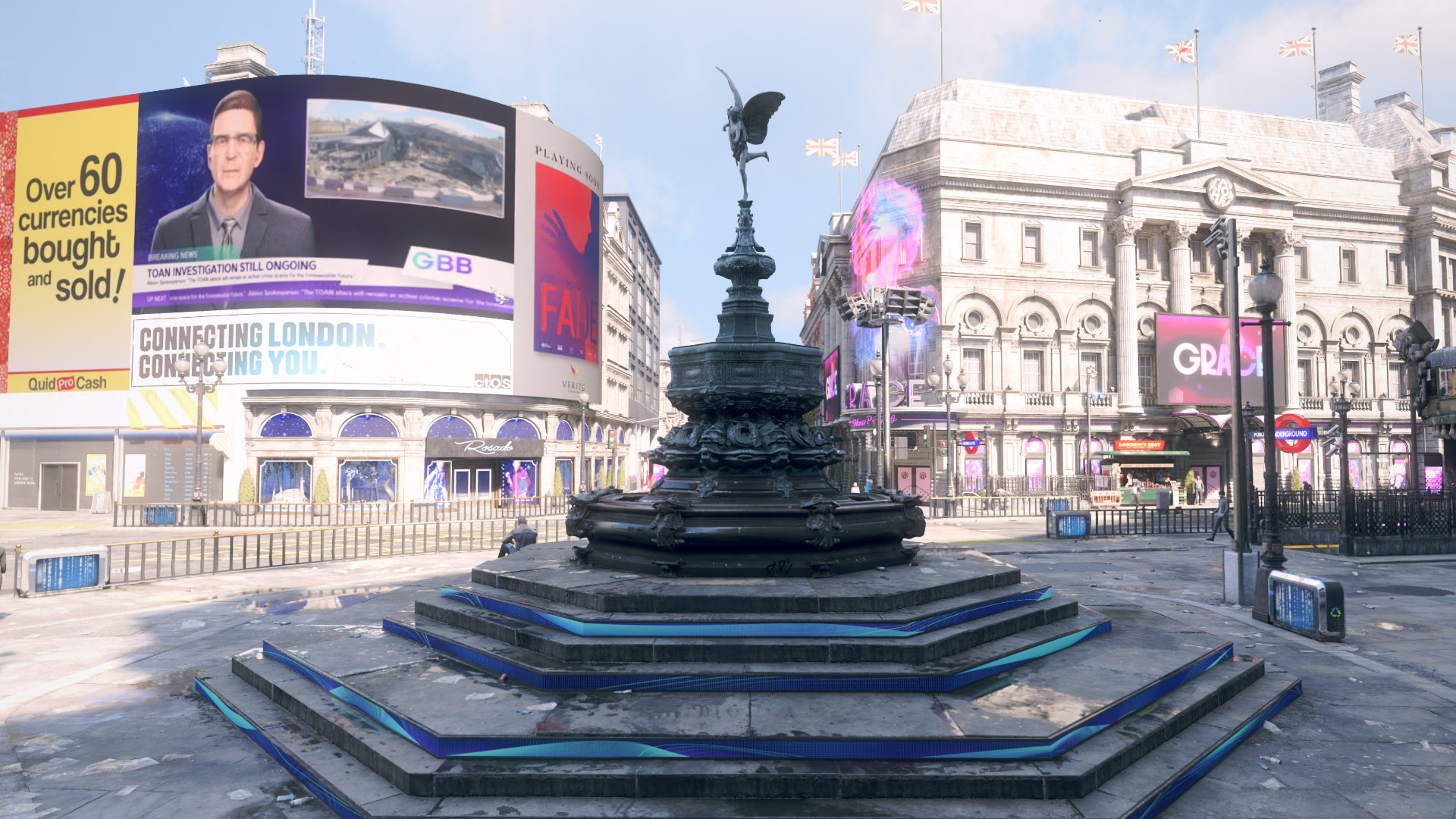
picadilly circus
We start with Picadilly Circus, the famous junction right in the centre of the West End. You can see the steps on the memorial fountain in the middle’s been updated a little to match the game’s 2026 settings, but otherwise, you’re not going to confuse it for anywhere else. A trend that you will notice in a few of the comparisons here though, is the ground tends to be darker in Watch Dogs: Legion.
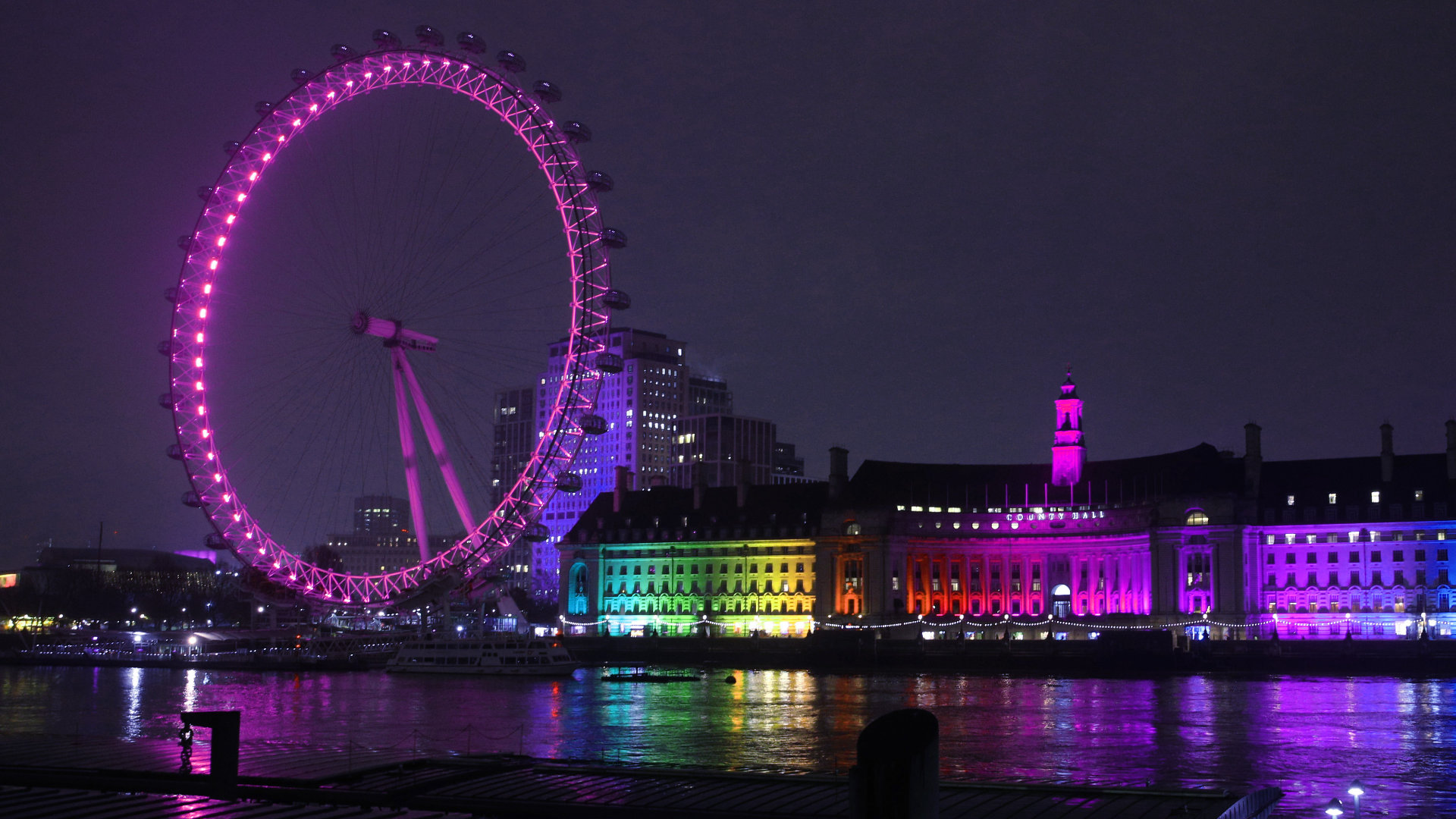
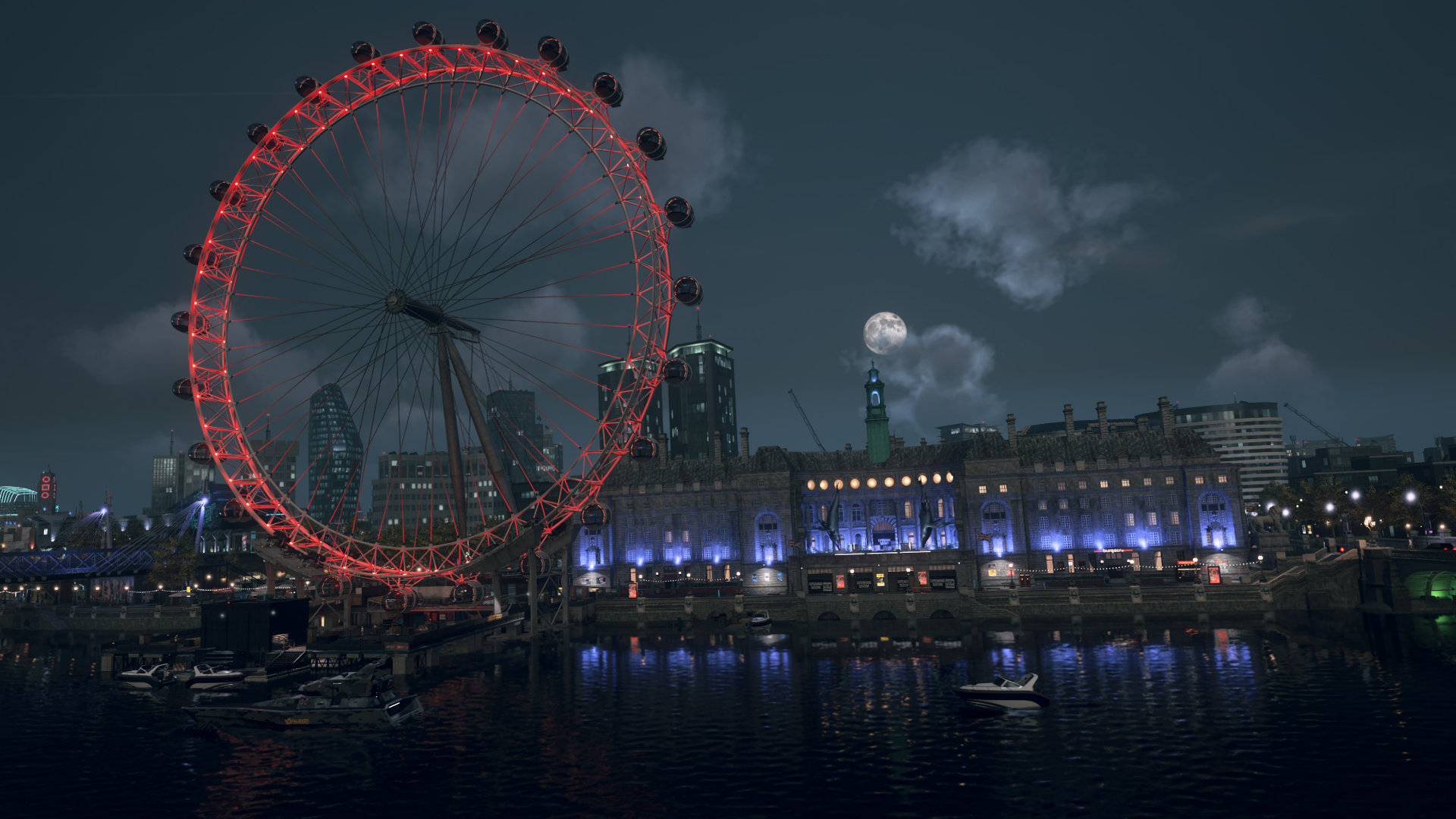
london eye
Another classic London landmark on the river Thames, shown at night, really shows off the ray tracing with those water reflections. It looks a lot more colourful in real life, though, but that might be to keep performance acceptable – the neon lights of Cyberpunk 2077 are seriously impressive, but we’ve seen how much even high-end PCs are struggling to run it.
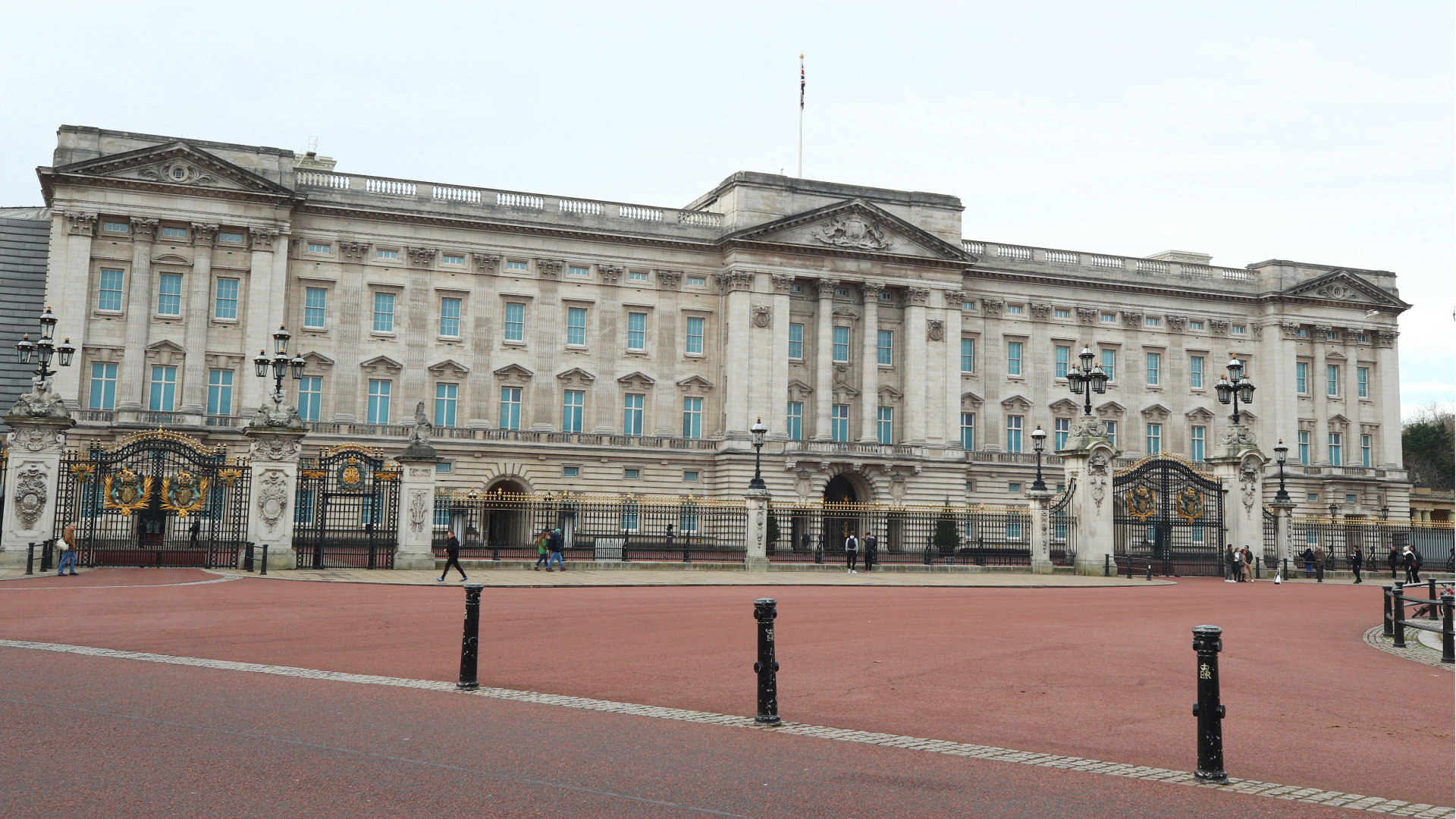
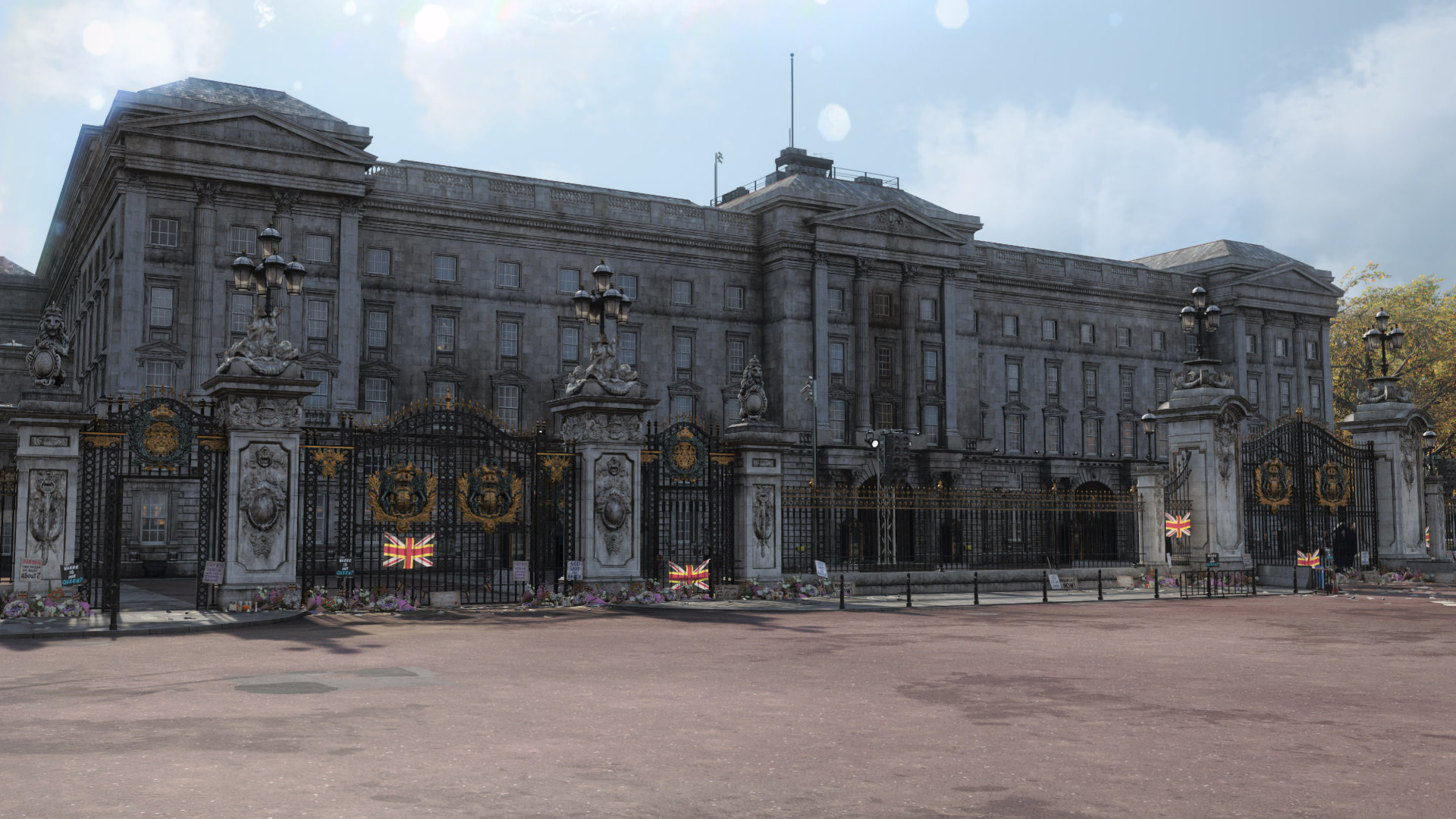
buckingham palace
Buckingham Palace next, and the buildings are pretty much spot on. Like in the first comparison picture of Piccadilly Circus though, the whole area just looks darker in Watch Dogs: Legion for some reason.
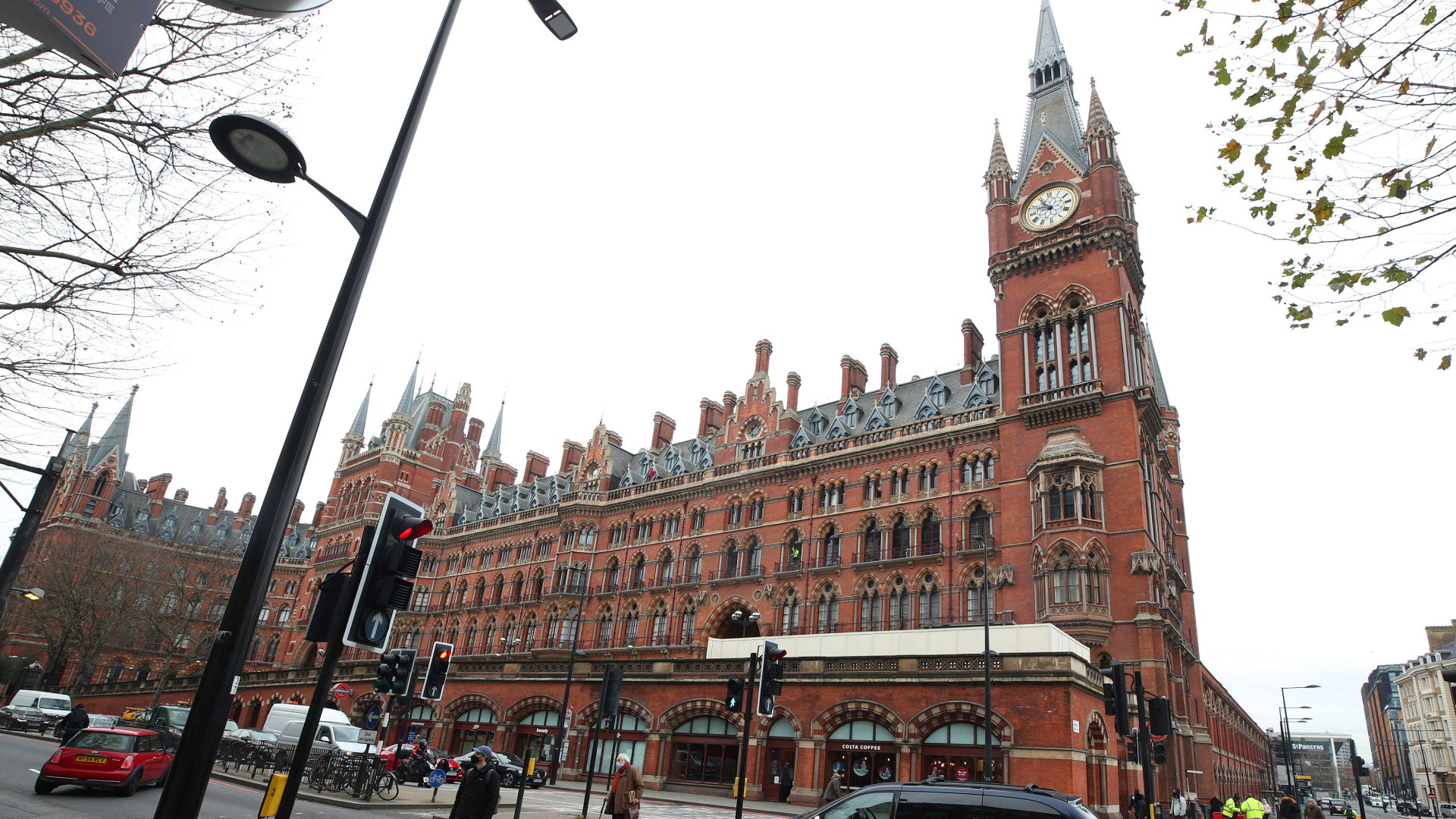
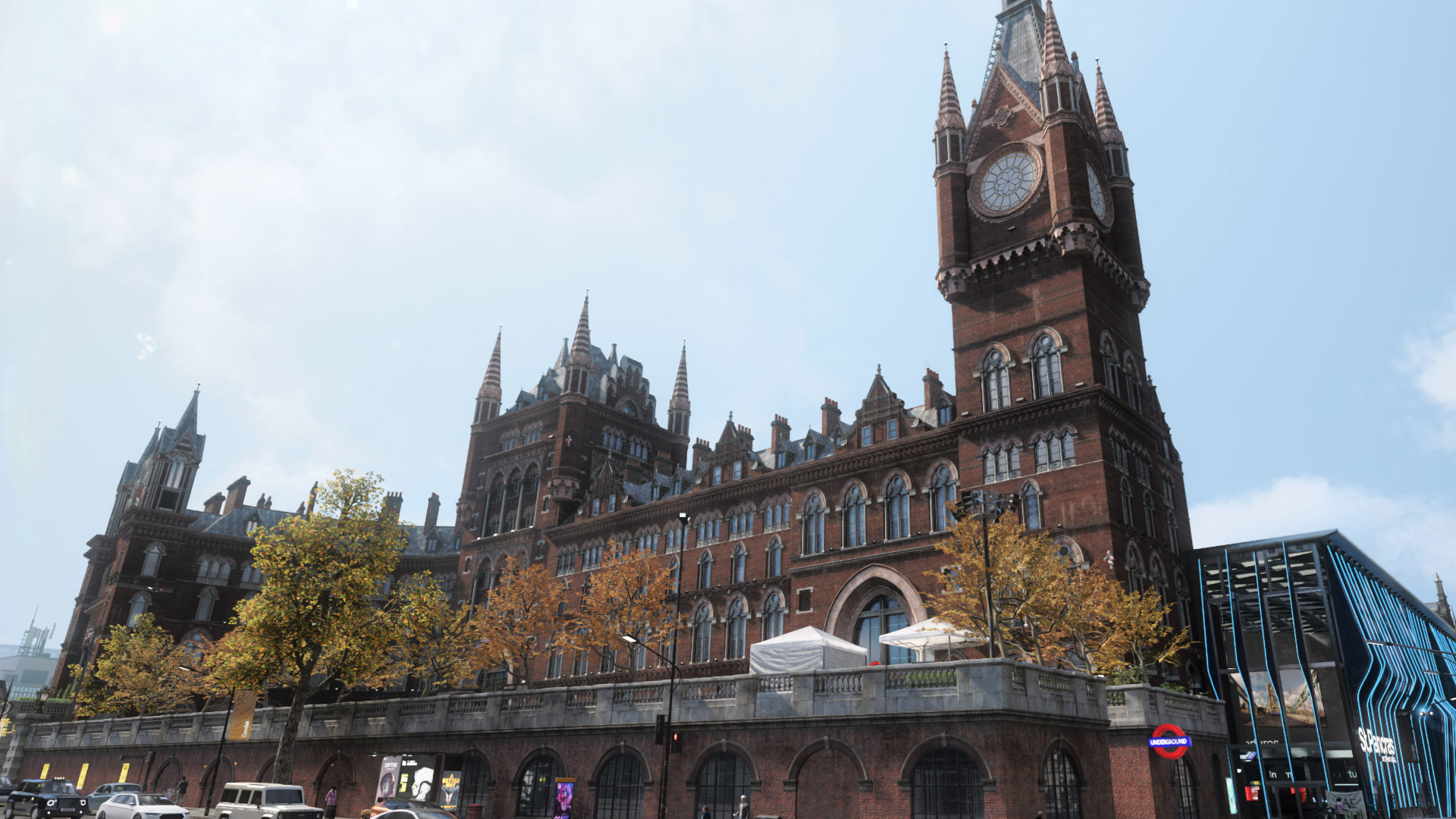
st pancras
Finally, moving to the St Pancras railway station, it gets really hard to differentiate between the two, with Ray Tracing doing it’s job here as well, with those shadows. The dead giveaway is probably that it’s sunny in the game, while real life is perpetually overcast.
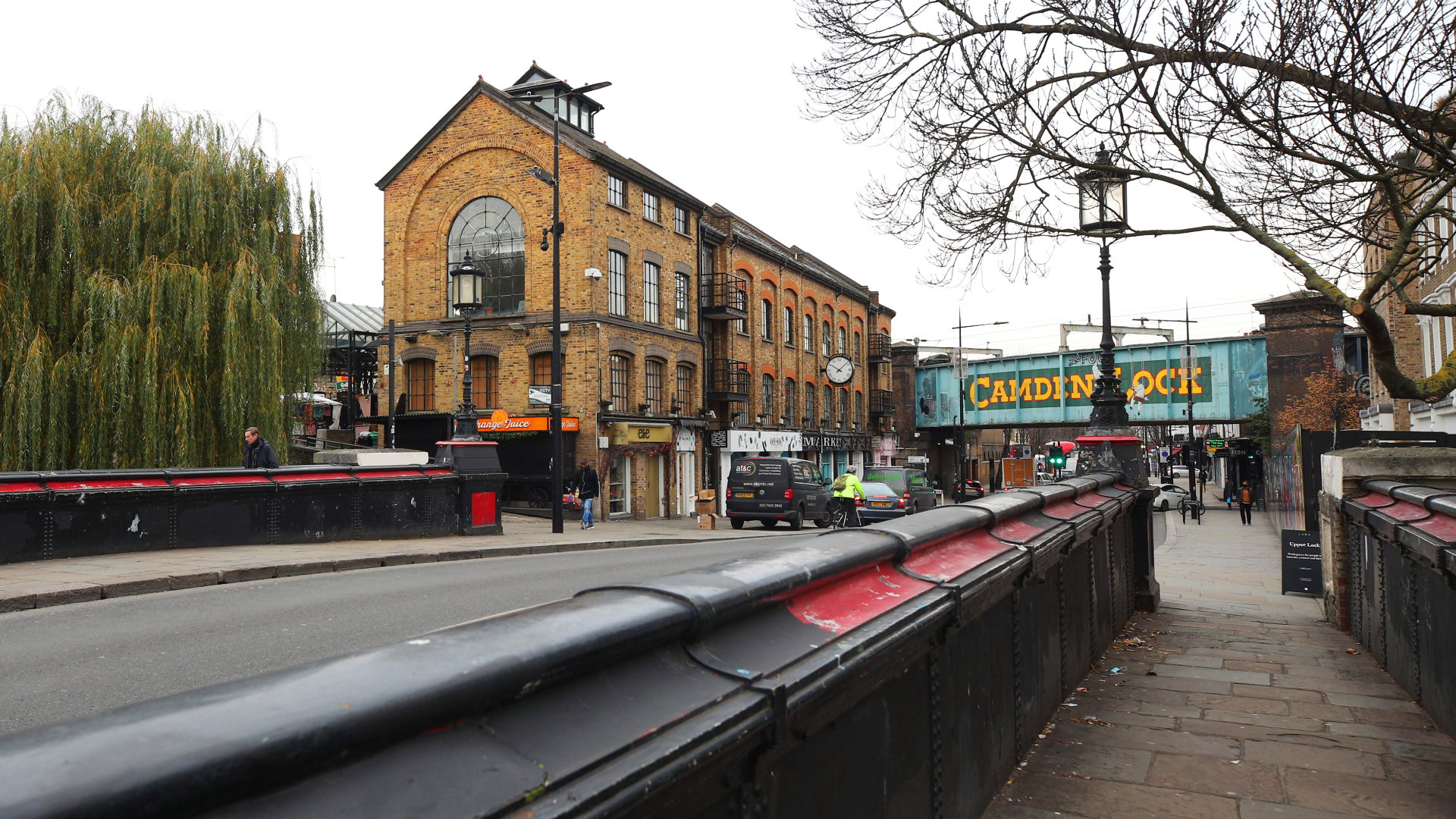
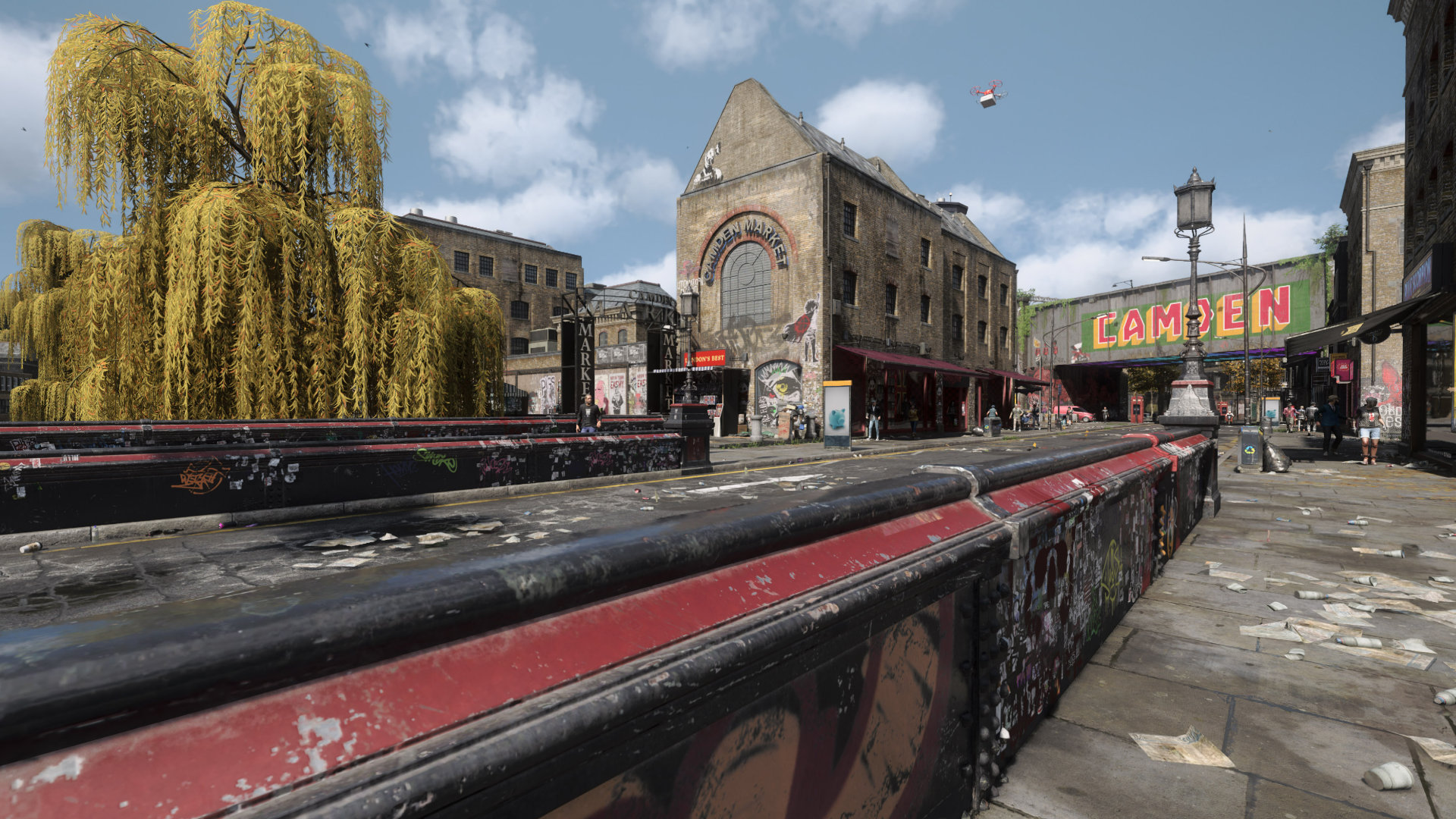
So, if you can get your hands on one of the best graphics cards – the stock situation’s still a problem – starting up Watch Dogs: Legion and maxing out the graphics could be used for a pretty accurate virtual tour of London…
Looking back at some of the previous open world interpretations of London – like The Getaway on PlayStation 2, released over 18 years ago – you can see what an impressive leap in technology it’s been. While there’s no denying how lifelike Watch Dogs: Legion looks in these screenshots right now, we’ll probably look back at this article in 10 years’ time and scoff at the comparison.
